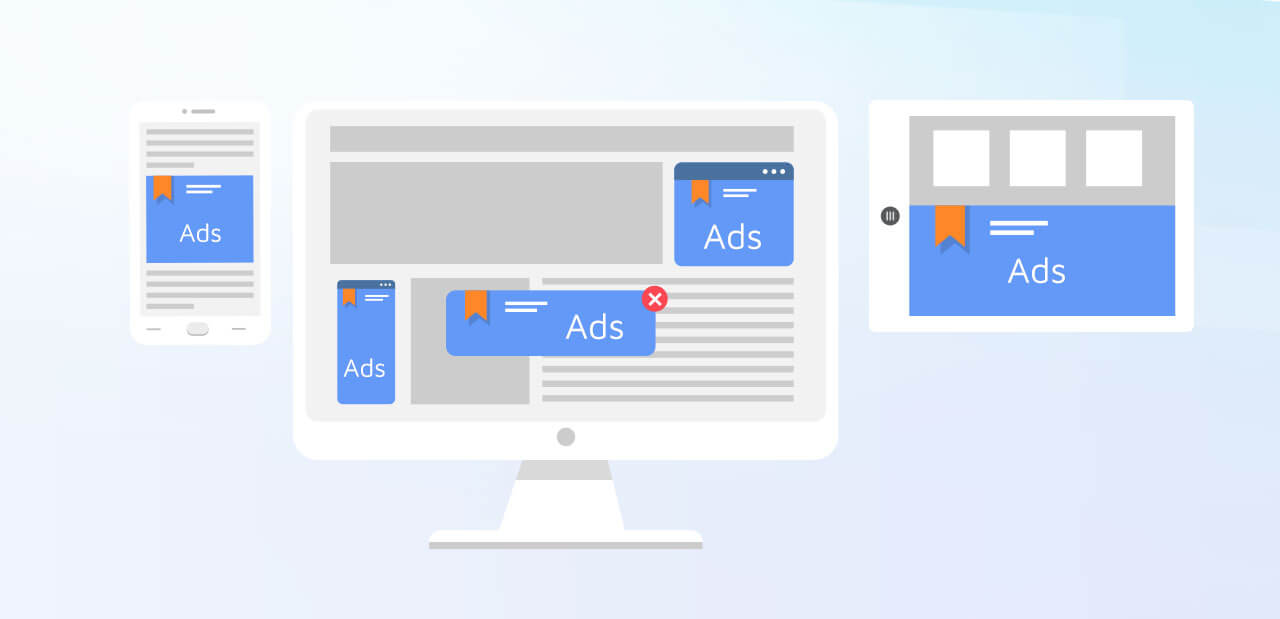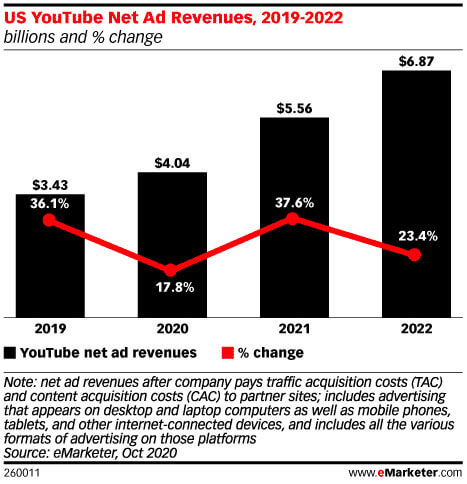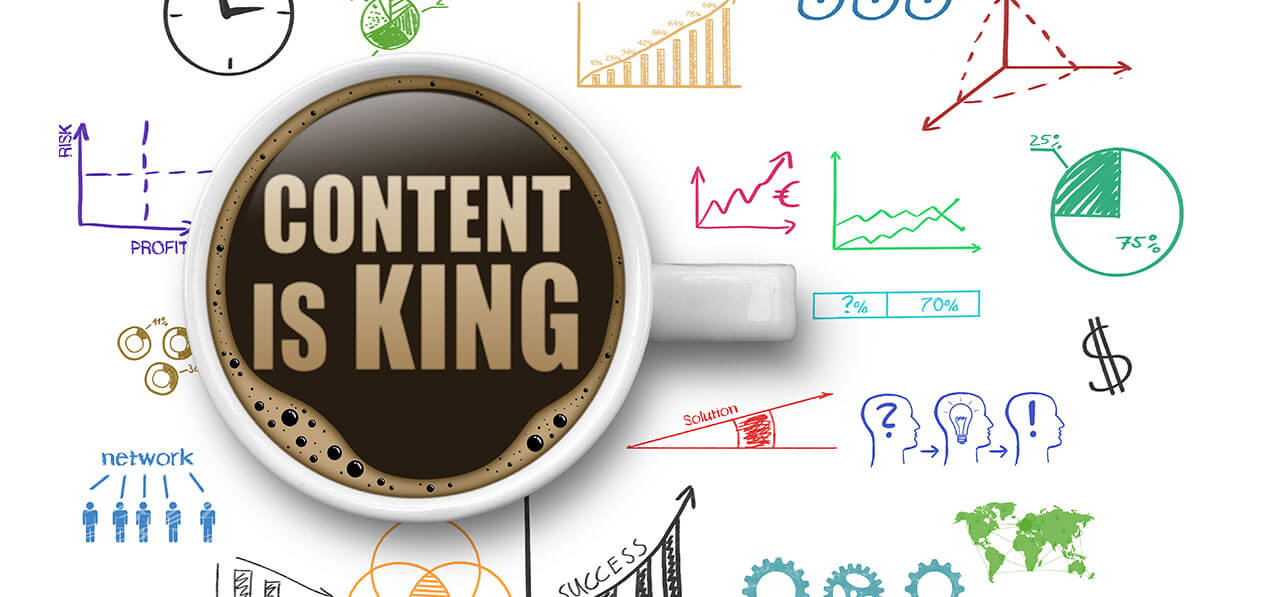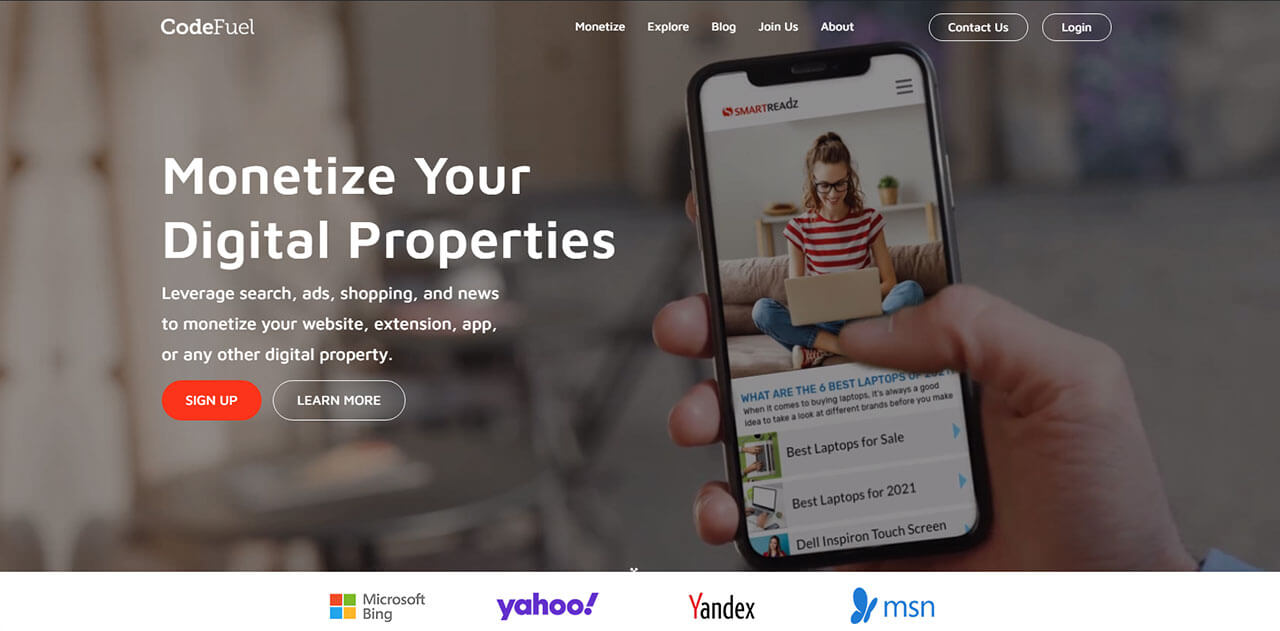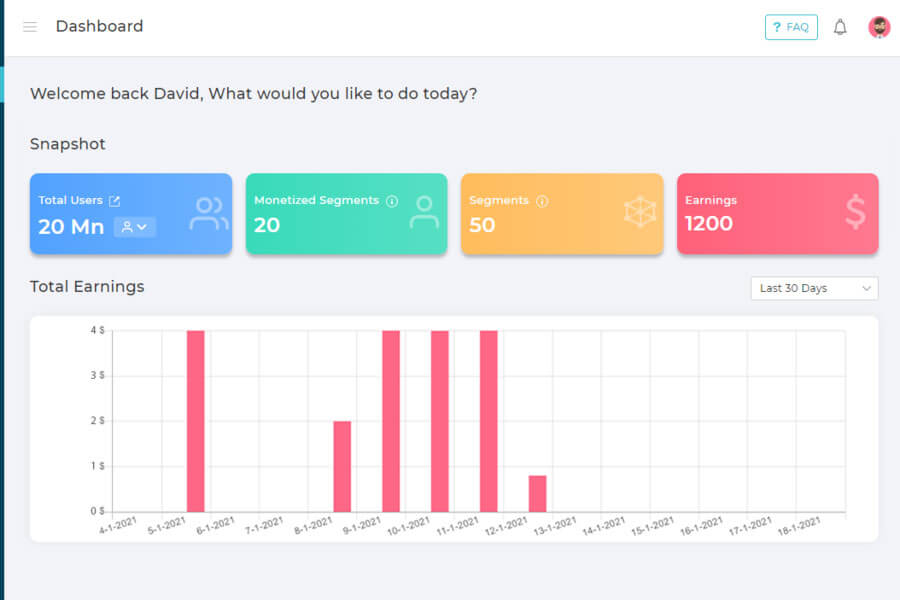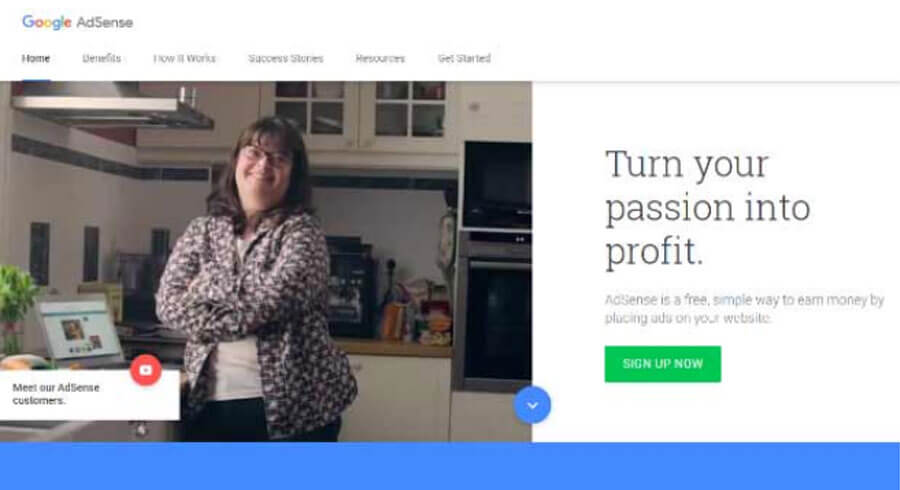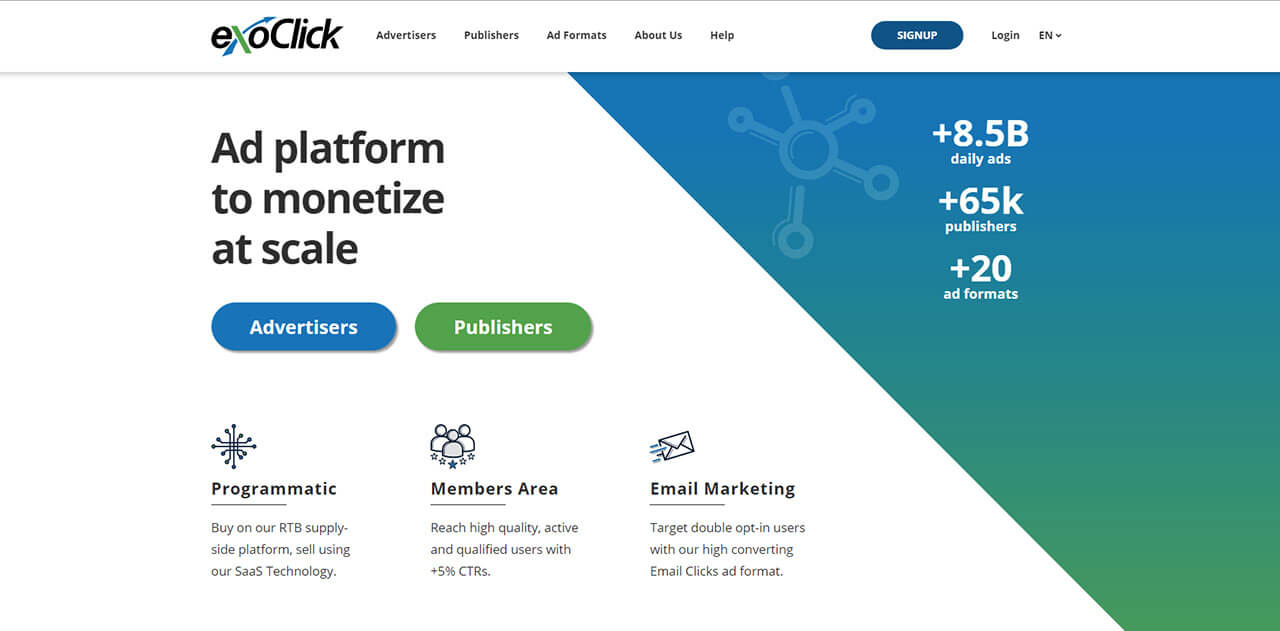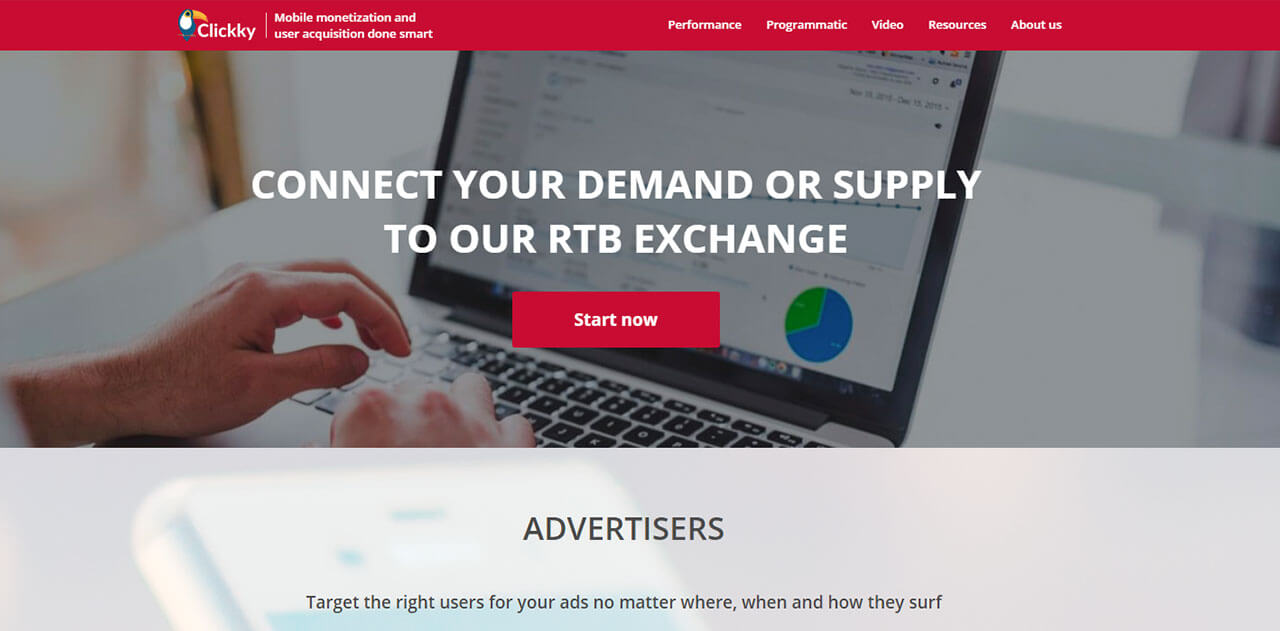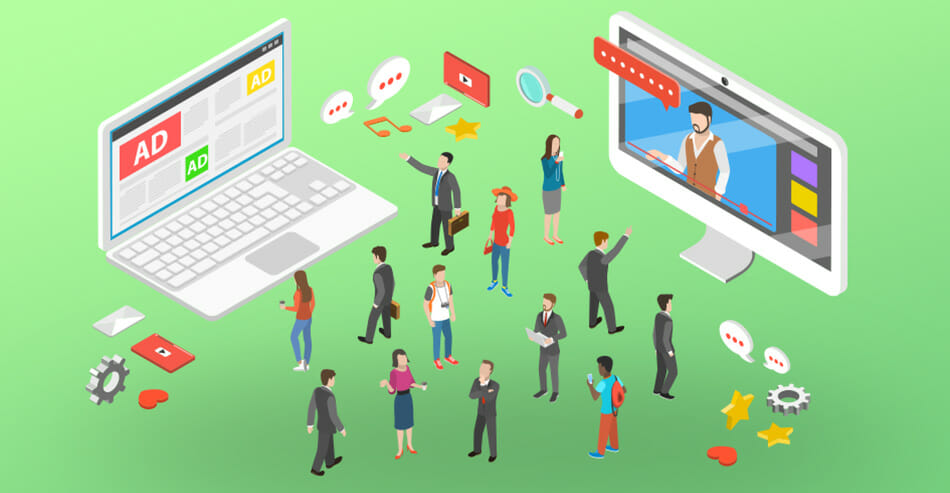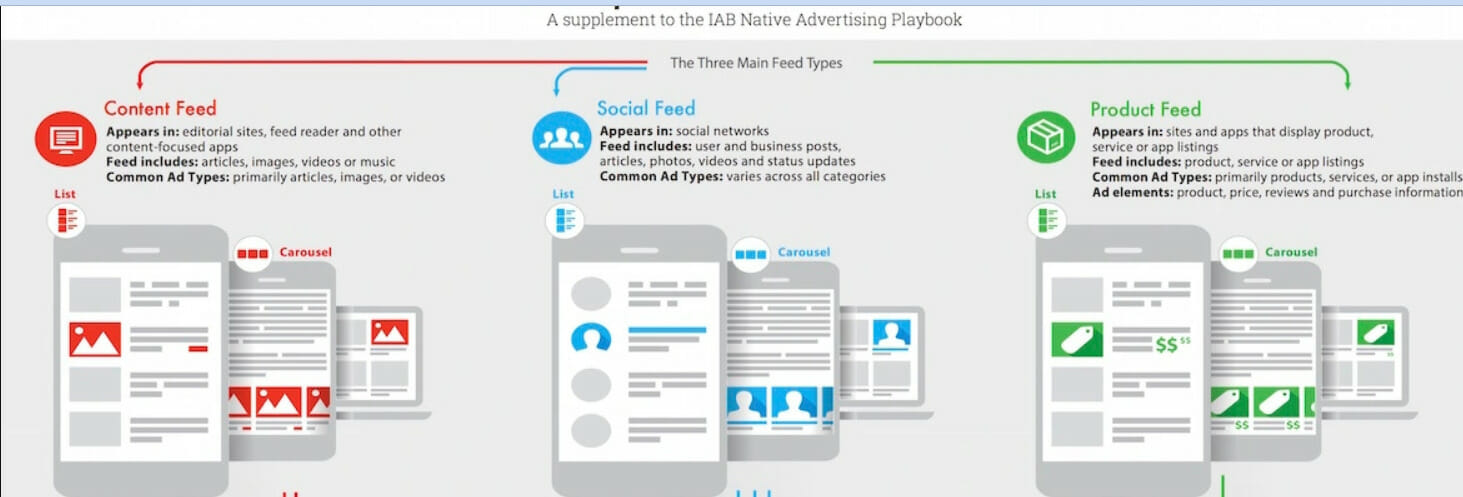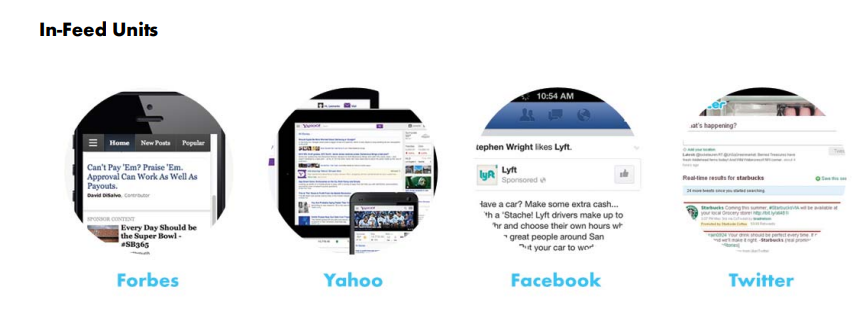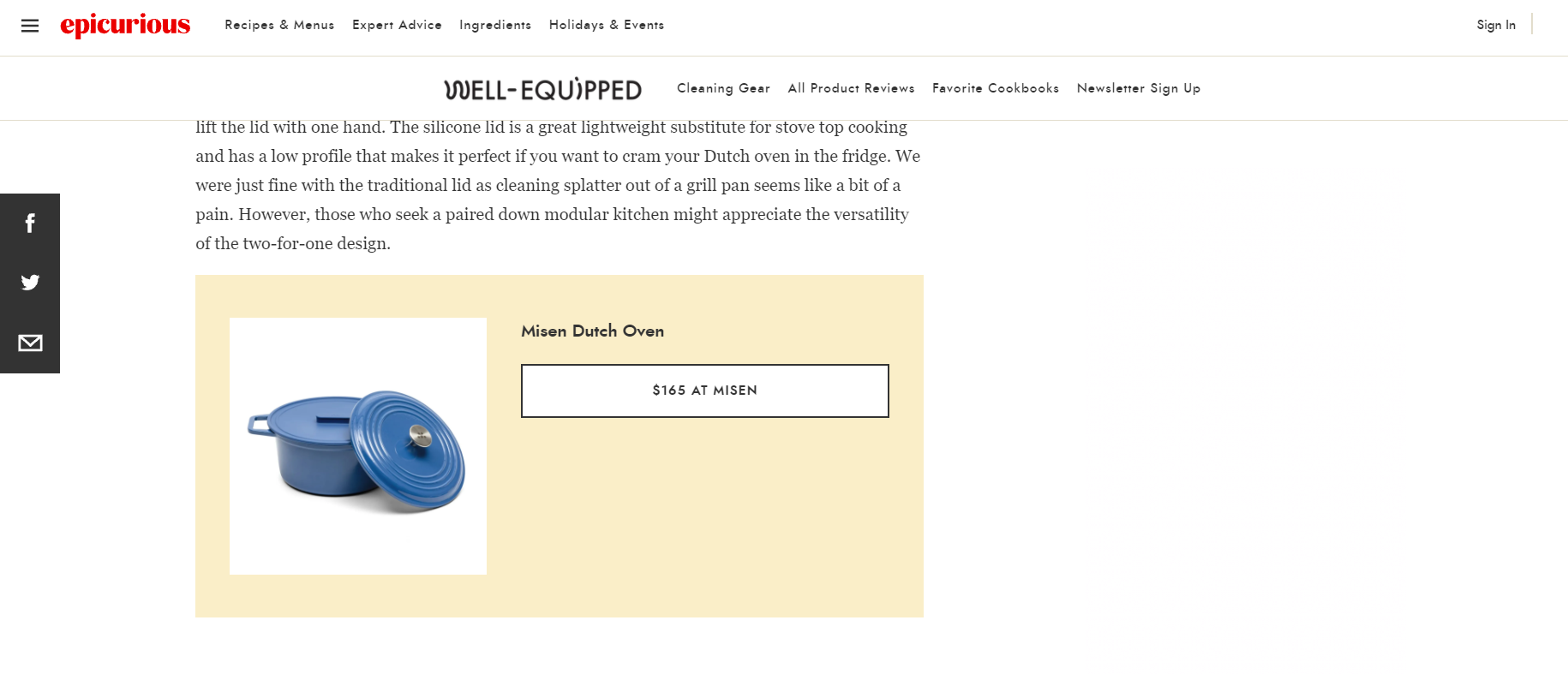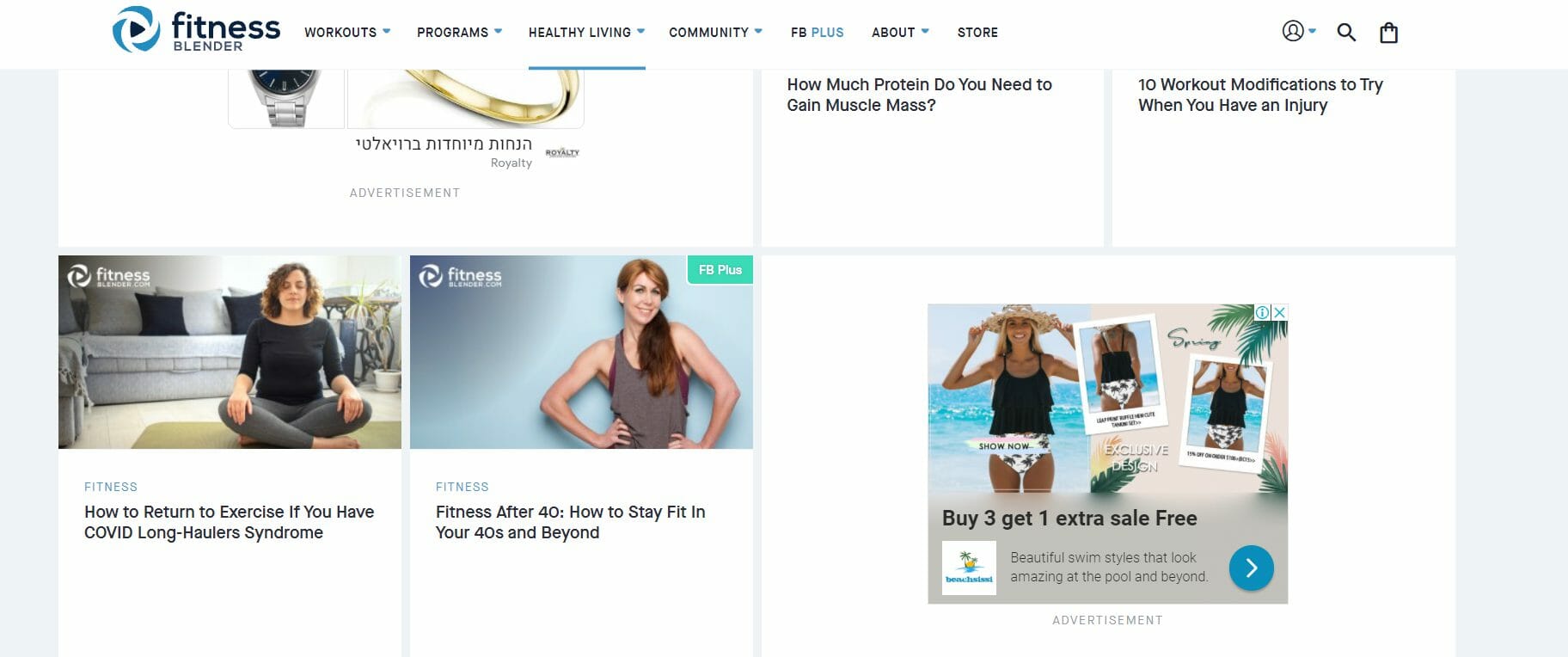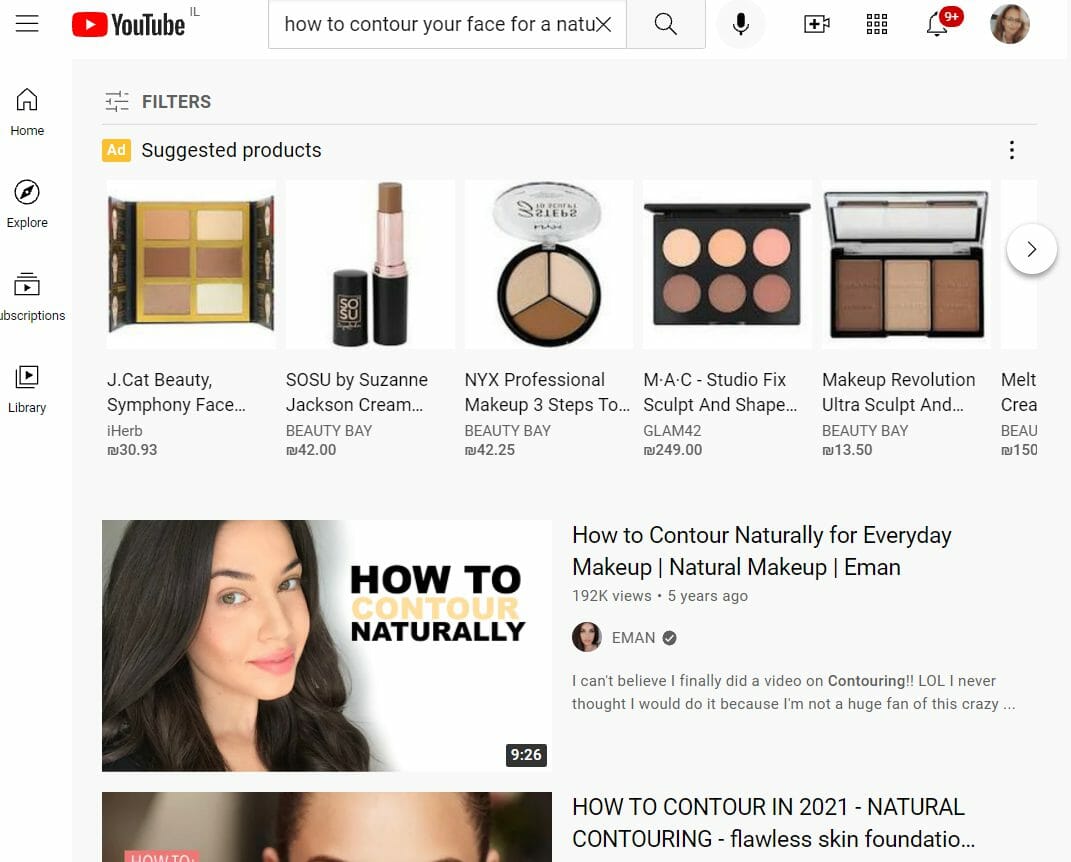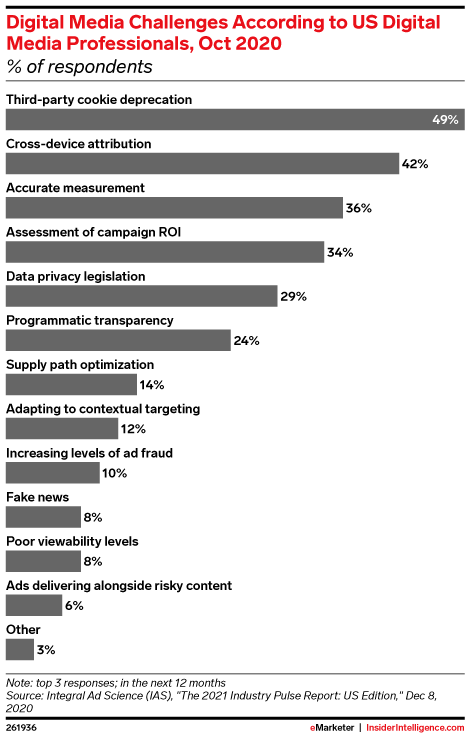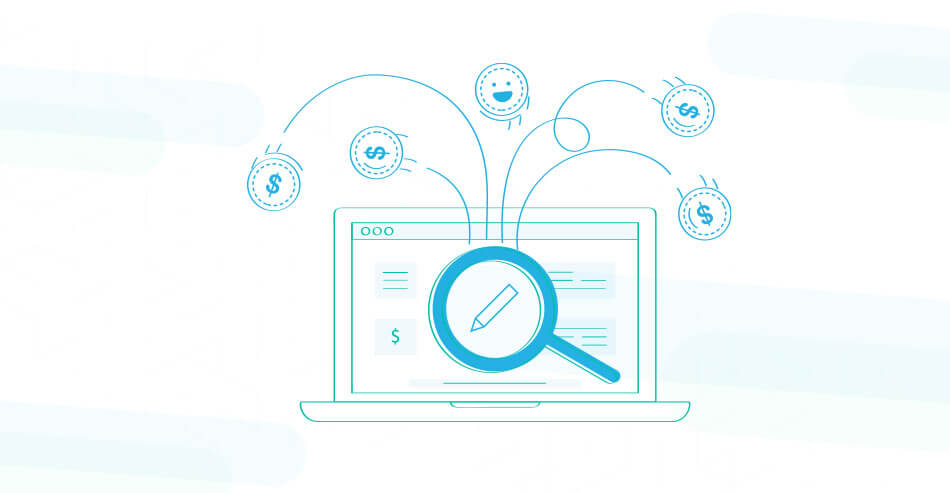
How to Monetize Anything on the Digital + Definition
Whether you have a new website, an e-commerce site, or a new app, you want to make money from it. Surely you heard the word monetization when it comes to earning a profit from your digital properties.
If you get confused with all the monetization options, don’t worry, we at CodeFuel prepared this guide with all you need to know to get started.
Monetization Meaning + Definition
If you are in the digital marketing industry, chances are that you heard the word monetization. Monetization refers to the process of making money from your website or other digital property. It doesn’t necessarily refer to selling your product or service but earning revenue from your website in other ways.
Actually, your website or app can be the perfect place for marketing products, and there are myriad strategies for doing it. You can monetize your application, your software, or your browser extension.
How to Monetize Anything?
When you create a digital product, your main goal is to generate revenue from it. The basic rule for monetizing anything digital is to connect with your intended audience and give the user what are they looking for. If you follow this, you can monetize a website, an application or extension without a problem.
How to Monetize a Website?
If you are a publisher or a non-e-commerce site, you may wonder how to make money from their websites. Your digital property is valuable, and there are many strategies to monetize it.
#1. Affiliate advertising
Affiliate marketing means you get paid for every referral you make to another company. When you add affiliate links to your website, you’ll receive a commission from each person that clicks your affiliate link. The link can open a product page or an offer where the user can buy a product.
Affiliate advertising do’s and don’ts
- Do make clear on your website that you are using affiliate links and with whom.
- Do recommend products and services that are relevant to your audience.
- Don’t overpromote, cluttering your website with all kinds of affiliate links.
#2. PPC
This is one of the most common ways to monetize a website. Simply explained, it means you partner with an advertising network that displays relevant ads on your website and banner and get paid every time a viewer clicks on them. Ad networks pay publishers a rate per click, called Click-Through-Rate.
One of the most popular ad networks is Google Adsense. Want to know how to make money with Google Adsense? Check out our How To Make Money With Google AdSense article.
AdSense isn’t the only advertising network you can choose, in fact, we compiled a list of the best ad networks for publishers in 2024.
PPC do’s and don’ts
- Do choose an ad network that caters to your audience
- Do choose an ad network that meets your percentage needs.
- Don’t start with PPC if you don’t have enough traffic. Every network has different requirements, and it can take a while to build enough traffic to get a nice income from PPC.
#3 Display ads and banners
You can sell ad space on our website as another way to improve your income. This can allow you to arrange the prices directly with the advertisers, getting the entire pay instead of a percentage. Of course, this also requires promoting your ad space and negotiating with advertisers. You can sell space for different types of ads, video, interactive, rich media, and banners.
Pop-up ads are another way you can make a profit from advertising. Although pop-ups can seem annoying, the fact is that they are effective. Pop-ups can get an advertiser’s message right in front of visitors and that’s why the engagement and click rates are usually high.
Advertising do’s and don’ts
- Do use this model if you have high conversion rates. For example, if you have a solid community of followers or recurring customers.
- Don’t use CPM if you don’t have very high traffic numbers. While you can earn $5 per click, you will get the same but per a thousand impressions.
- Don’t implement too many pop-ups or you risk annoying your visitors.
#4 Sponsored Posts
Sponsored guest posts can bring you a steady source of revenue. How does it work? You collaborate with a business to create or publish promotional material. It can be a review, a sponsored post, or a feature.
You can publish the content on your website or create the content yourself. If you create the content for the brand, you can ask for a higher rate than just publishing.
Sponsored Posts do’s and don’ts
- Do invest in your website strategy. The more popular your site or blog is, the more you can charge for your sponsored posts.
- Don’t be sneaky. Identify sponsored content as such. If you charge to promote content, tell your viewers. Avoiding disclosing sponsored content can eliminate the trust they have in you.
#5. Search monetization
Adding a search box to your website can give an extra source of revenue. Every time a viewer uses your search page is served relevant ads according to their search keywords. When you use a monetized search box, you earn a commission every time the person conducts a search.
Search monetization do’s and don’ts
- Do customize the search feed for your site. The feed will look like part of the page.
- Do use search monetization if your site gets a lot of traffic.
How to Monetize an App
If you developed a great new app, chances are you want to make money from it. So here is where monetization comes to help. App monetization is the process of generating revenue from your app.
Since every app is different, some monetization models can work for one app and not for another. How do you know which monetization model can work for you? Are you going to charge for your app? If not, how can you generate revenue from it?
The key is to plan the monetization from the start of the development process. Thus you can ensure your app generates a growing income, and you keep the user experience great.
App monetization strategies vary, you can focus on one or combine several. For instance, you can add in-app ads and also allow for in-app purchases. More on app monetization methods below.
Monetization Channels
There are three monetization channels you cannot miss for your app or website:
Mobile
It seems that every day we spend more and more time on our phones. Americans spend an average of 5.4 hours on their mobiles daily. With such numbers, is not a surprise that Google implemented a mobile-first algorithm that penalizes sites that are not mobile-friendly. Ensuring your site is mobile-friendly helps you reach your users where they are most: their phones. That’s even more true with app monetization.
Social
When you try to monetize your app or site, don’t forget about social media. Facebook and Instagram allow now e-commerce features, seamlessly connecting your social media page to your site. You can use their video platforms, shoppable posts, and other features to increase your income.
Video
Video and social go hand in hand now and you can add video channels to your monetization strategy. YouTube, specifically, has a channel monetization program you can join. The opportunities of monetizing YouTube are huge. According to a Google survey, 70% of shoppers would learn about products and brands on YouTube. And despite the crunch of 2020, YouTube ad revenues are expected to grow to $6.87 billion in 2022, from $4.04 billion in 2020.
Top 10 strategies to monetize and engage users on websites
1. Make sure your website is responsive
Mobile has overtaken desktop in most areas now, including media consumption and search. Make sure your site is responsive so you not only can reach your audience but also rank higher on SERPs.
2. Include images and media
Images are a staple of digital content, catch the attention of the viewer and give context to the content. This increases blog posts and social media impressions. Videos make the info easier to consume, are increasingly becoming the top channel for content, so make sure you include videos in your strategy.
3. Add visual data
Infographics, charts, and other visuals tell a story with data. They present the information in a format that is easy to understand. That makes them very popular with users. In fact, 65% of marketers use infographics in their marketing. So ensure you add infographics and charts to your content.
4. Interact with viewers
Your viewers are potential customers, so give them a way to contact you and interact with them.
a. Allow comments and comment back
Make sure your website or app allows users to comment. Engage your users in conversation by answering back. This will help you create a community of users.
b. Integrate social
When you integrate your social media to your site, you expand the reach of your marketing efforts. Be sure to have a strategy that includes social media channels.
5. Write good quality content
Quality content is still the main criteria to getting a good rank for your site, get your viewers engaged, and more conversions.
Here are some tips to make your content more engaging:
a. Skimmable
Studies show that most people don’t read, but skim the content looking for what they want. Use bullets, numbered lists, lots of subheadings, and bolded words. Short paragraphs and white space also help.
b. Tell a story
People remember stories more than they remember content. Stories work with emotions, convey information, and make content more memorable than cold data.
c. Be concise
Convoluted blurbs are for academic papers. Get straight to the point with your writing.
d. Be relevant
Users want to find what they are searching for. Check that all the elements on your website are relevant to your audience. This includes the ads, and sponsored content. Don’t use fluff to fill up spaces or information that your audience won’t care about.
e. Create long-form content
While you need to be concise, this doesn’t mean your website content needs to be the size of tweets. Actually, long-form content (over 1,500 words) has proven to drive more engagement. Long-form articles keep users longer on the site, which results in a higher ranking.
f. Evergreen content
“Evergreen” content refers to the type of content that stays relevant to users over a long period of time. Also called pillar content, this type of SEO content can rank up your authority with search engines.
6. CX, CX, CX (customer experience)
a. Few choices are better than many
When users have too many choices they get overwhelmed and can leave your site. In fact, research shows that too many choices lower conversion rates. Make sure your site has a clean customer journey that helps the user achieve their goal.
b. Clear and easy design
Your website design needs to accompany and help the users, not confuse them. A well-designed website helps engagement and conversion rates.
c. Usability before sales
A key of user experience is the usability of the site. The interface should be easy to navigate and the site should focus on value and the user experience.
d. Make sure your site loads quickly
Slow loading sites are one of the main causes of bounce rate. Make sure your site loads in under 3 seconds to ensure your site engages your viewers.
7. Use a one-stop monetization solution
An all-in-one monetization solution can make your life simpler. The right monetization platform not only can increase your income but your reach.
8. Create a user engagement strategy
You can engage users more effectively when you have a clear strategy, with goals, milestones, and metrics. Plan your strategy beforehand and follow with analytics to stay on track.
9. Bring social proof
Social proof, such as testimonials, brings credibility to your site. The more you have and the more details you have, the more people will trust you.
10. Use an omnichannel marketing funnel
Spread your marketing across channels, pulling users down a funnel from social media, paid ads, and other marketing efforts. Keep in mind of not going too broad, better focus on the channels your users actually are on.
Techniques to Monetize Without Investing
1. Social content locker
This technique allows you to monetize through a PPD (Pay per Download) network. When you sign up to the network, when your users want to download the app or file, they are asked to complete an offer, like a quiz or survey. Each time they do, you get paid.
How do you find relevant offers? Use a related social media account, and create a community by adding useful and relevant content. Once you do, start posting your PPD links. Every download will earn you revenue.
2. Pay per blogging
You can use a free blogging hosting service such as WordPress or Blogger, to create a blog around your downloadable content. To attract people to your blog, of course, you’ll need to add informative and entertaining posts that relate to your offer.
This will create the platform where you can add PPD links to your content, preferably inside an article with related content. You can use your social media and video channels to promote your blog and attract people to download your offer.
3. Pay per Youtube
If you have a piece of content that is valuable for your audience, you can use YouTube to promote it through a PPD network. You’ll need to create a YouTube account around your niche. When you upload your content to the PPD network, you’ll get a locked URL.
How do you use YouTube to promote the content? Simple, just create a video with the PPD link in the video description. Once your viewers download the content, you’ll get paid.
4. Promotional strategies
You can use outsourcing websites like Fiverr or Upwork to have the work done with a few dollars by using freelancers.
- Find social media marketers that will tweet your product to their followers.
- Bloggers can post reviews of your product.
- Video producers can create video presentations.
Is not that hard to promote your content, but remember to focus on your niche to avoid being spammy.
Ethical monetization 101
Monetization sometimes gets a bad reputation, and it is true that there are certain techniques that are shady. Unethical monetization leads to angry customers and potential loss of business.
Why ethical monetization?
- You can build a solid reputation: unethical marketers sooner or later get a bad reputation. Unlike them, when you engage in ethical monetization practices you have the peace of mind that comes from responsible behavior. You can network with confidence and build your good name.
- You can compete with real businesses: ethical marketers can compete with other real businesses and grow in a serious market. You will earn a competitive advantage on your own merit.
- It results in happy customers: unethical practices ultimately hurt your customers. Therefore, sticking to ethical monetization programs will result in earning your customers’ trust.
Playing well pays off in the long term. So, let’s review some ethical monetization programs you can use:
Monetization programs overview
Affiliate programs
These are commission-based revenue systems. They work by matching merchants who offer products and services and affiliates who sell those products and services.
Some companies run their own affiliate programs, but many are run by independent agencies, called affiliate networks. They mediate the relationship between merchants and affiliates, develop the program’s rules and the software that all parties use to communicate.
Affiliate programs can be very effective as monetization options since the commissions are usually based on the sale price of the items in question. The higher the price of the product, the higher the commission.
You can make money in an affiliate program as a merchant or as an affiliate. If you have a product to offer, other affiliates can help you market your product, and you pay a commission for each sale. If you want to sell other people’s products, you earn a commission-based revenue. You can also do both.
Advertising programs
Advertising is still one of the most common ways to monetize websites, software, apps, digital content. All social networks have their own advertising program, from Facebook to Twitter, Instagram, as well as Google and Microsoft.
Advertising networks can offer cross-platform solutions and advertise in a variety of places. You can integrate ads into apps, installers, or serve search ads. Advertising networks benefit both advertisers and publishers. Advertisers get the best digital properties for their ads, and publishers get the best bid for their digital space.
Learn more about advertising networks in our guide to the Top Advertising Networks of 2024.
Pay per download
PPD (Pay-per-download) programs generate revenue each time a file, app or piece of content is downloaded. They work in two primary payment methods:
Content locking: this method “locks” the content behind a link, and the end-user must perform an action ( fill a survey, answer a poll, fill a form) to unlock that content. Once it is done, the third-party advertisers will send you the payment.
Paid downloads: this method requires the user to pay to download the content or software and you get paid for each download.
Pay per download can generate a decent revenue when you offer something that has enough value for the user. Content that has a lower value such as pictures, printables, wallpapers are better suited to a content-locking program.
Pay per install
Smart installers and ad-powered installation modules combine software distribution and advertising programs. These programs allow you to integrate ads into a desktop installer. When a user acts on that advertisement, you get paid.
This monetization program helps developers, publishers, and advertisers. You can promote your own product through the installer, and if you have the software, you can add the installer to generate more revenue.
Hybrid options
These are the combination of two or more monetization methods. You can combine affiliate links with display advertising, for example.
App monetization methods
Premium
Freemium and subscription-based apps are very popular these days. You can give your users a free trial for a period where they can try all premium features. This gives you the chance to educate your users and probably encourage conversions. You can also give a free version with basic features and then charge for premium features.
Keep in mind to be clear with your users and disclose from the start that your app is freemium.
Pay-to-Download
You can charge people for downloading the app. Just put a price on it (for example, $0.99) and hope that your marketing efforts will make tons of people buy it. However, most users expect apps to be free these days. So, if there is a similar free app, they’ll probably download it. That doesn’t mean you cannot charge for your app. Just make sure you bring enough value to the user so it is worth it.
In-app advertising
Most free apps feature in-app advertising that promotes everything, from deals to other apps, offers, and discounts. The advantage is that many users don’t mind the advertisements in order to get free apps. However, in-app advertising returns are often low.
Bundling
For many developers, this is the easiest monetization model. Bundle your software with third parties which have their own monetization platform. These third parties present offers to your users when your app is installed. When a user accepts the offer, you get paid. So you can earn money without the monetization legwork.
In-app purchases
This is a method of app monetization that can generate more conversions and loyalty from users. For example, for gaming apps. Game developers engage the user first and then give the option to pay to access new packages and features.
Learn more about app monetization in our How to monetize mobile apps guide
Top 5 Monetization Platforms
Now that you know about monetization, which monetization platform should you choose? Don’t worry, we explored and ranked the top 5 for you:
1. CodeFuel
This complete monetization platform lets you leverage search, ads, shopping, and news to monetize any digital property.
Features
- App monetization
- Search mediation
- Website monetization
- News feed
- Tracking and analytics
- Centralized dashboard
- Multiple integrations
Pros
- Flexible
- All in one
Cons
- Not suitable for very small publishers.
2. AudiencePlay
This program focuses on monetizing data safely and securely.
Features
- Data segmentation
- Data monetization
Pros
Allows to monetize data and can be combined with other monetization methods.
Cons
Is not a monetization program itself.
3. AdSense
Google AdSense is one of the most popular monetization platforms. When you sign for the Google AdSense program, Google will serve relevant ads for your audience.
Features
- Ad monetization
- Analytics
Pros
- Responsive
- Large advertising network
- Easy to use
Cons
- High traffic requirements to enter.
4. Exoclick
Is a website monetization program for publishers and advertisers. Provides automated monetization options and analytics.
Features
- Multiple monetization formats
- Real-time statistics
- Adblocker
- Campaign optimization
Pros
- Good quality of traffic
- Good payouts
- Convenient
Cons
- Poor support
5. Clickky
Clickky biz makes it easier for you to create ad placements for your website and select ad categories. You can choose the ad type and format for mobile and desktop.
Features
- Mobile monetization
- Programmatic advertising
- Multiple monetization formats.
Pros
- Analytics
- Real-time user tracking
- Easy to use reports
Cons
- Don’t have many integrations
- Focus mainly on analytics
How Can CodeFuel Help you Monetize Your Digital Property?
When you start considering monetization there are many avenues you can take. Should you focus on advertising? Affiliate marketing? You can use a combination of methods to achieve your monetization goals.
CodeFuel can help you leverage multiple monetization methods through an intent-directed solution. You can leverage search, ads, and news with our all-in-one platform. Start monetizing today with Codefuel by contacting us.

